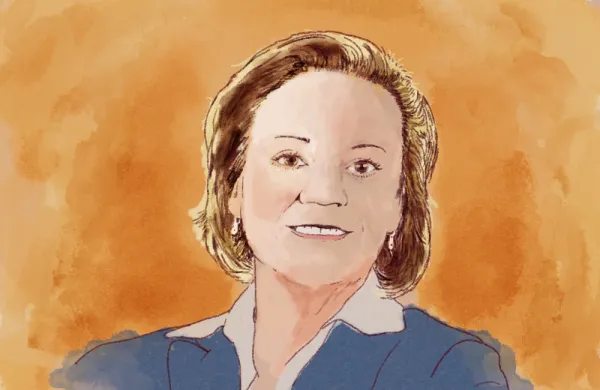In the wake of the financial crisis, many institutional investors have been frustrated with an apparent misalignment of interests with their external asset managers. This has led some investors to (try to) in-source a greater portion of their asset management, taking end-to-end responsibility for deployment of capital. And research shows that the funds that have managed to go down this path have done quite well, generating higher returns at lower cost and achieving a better alignment of interests to boot.
But here's the thing... most institutional investors can’t build up the in-house operations required. How does a public pension fund attract and retain the required human capital to implement internal investment programs? How do direct investors obtain local knowledge of foreign markets? How does a direct investor access quality deal flow on a global basis? How does a direct investor access large deals, while still maintaining diversification? You get the picture.
As such, even the most successful direct investors still have significant external programs, in particular in private equity but also in hedge funds. Go read the annual reports of the Canada Pension Plan Investment Board, Ontario Teachers’ Pension Plan and Norges Bank Investment Management, and you’ll see many, many external managers listed.
So the take away here is that external mandates are incontrovertible. But (!) that doesn’t mean they have to be traditional mandates. In fact, there’s a lot of innovative stuff happening out there these days; much of it with a view to lowering fees and aligning interests. Here are few examples:
- Concentrated Bets: The Teacher Retirement System of Texas allocated $3 billion each to KKR and Apollo. In return, they received separate accounts with lower fees. Similarly New Jersey committed $1.8 billion to Blackstone in a segregated account with lower fees.
- External CIOs: The Alaska Permanent Fund Corporation allocated $500 million each to AQR, Bridgewater, GMO, Goldman Sachs, and PIMCO as part of a new “External CIO” program. Recently, CalPERS followed a similar model by launching a “multi-asset strategic partnerships” program with four different external managers.
- Seeding: The Oregon Public Employees Retirement Fund recently made a $100 million commitment to a new Evergreen private equity vehicle. The new firm ("Public Pension Capital") is being launched by two ex-KKR guys and will pursue a generalist PE strategy wrapped in a highly aligned Evergreen structure. Similarly, APG (via IMqubator) is seeding hedge funds in order to get the right alignment of interests.
- Joint Ventures: The Qatar Investment Authority just agreed to launch a new asset management business with Credit Suisse. The new vehicle is called Aventicum Capital Management and will focus on emerging markets and be based in Doha.
- Owning the Managers: There’s been considerable interest among asset owners to buy stakes in asset managers in order to better align interests. For example, the China Investment Corporation has done this a few times (with Blackstone, Morgan Stanley and JC Flowers), and Texas Teachers bought a stake in Bridgewater.
I think all of this creativity is a very good thing for our industry. In my view, the asset management industry is ripe for some disruption (dare I say creative destruction), and it will only come when the customers (asset owners) demand something different from the producers (asset managers). It's about time that happened.






